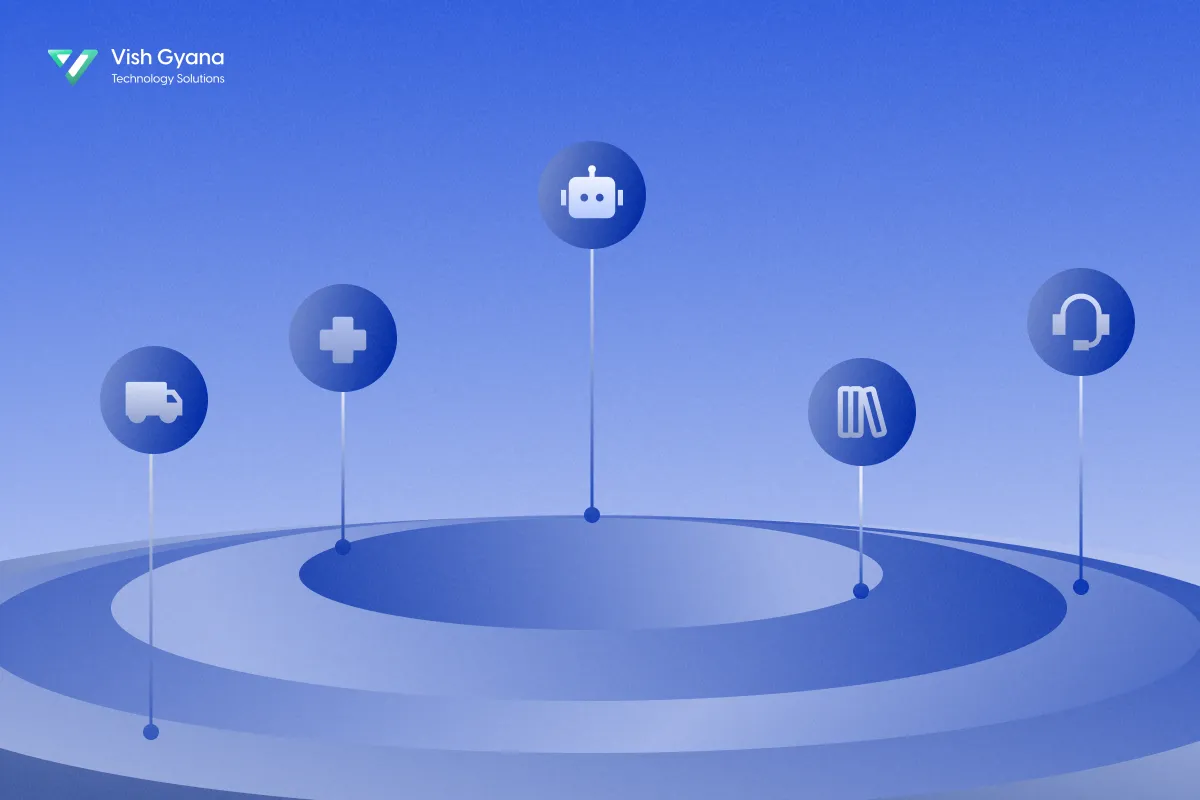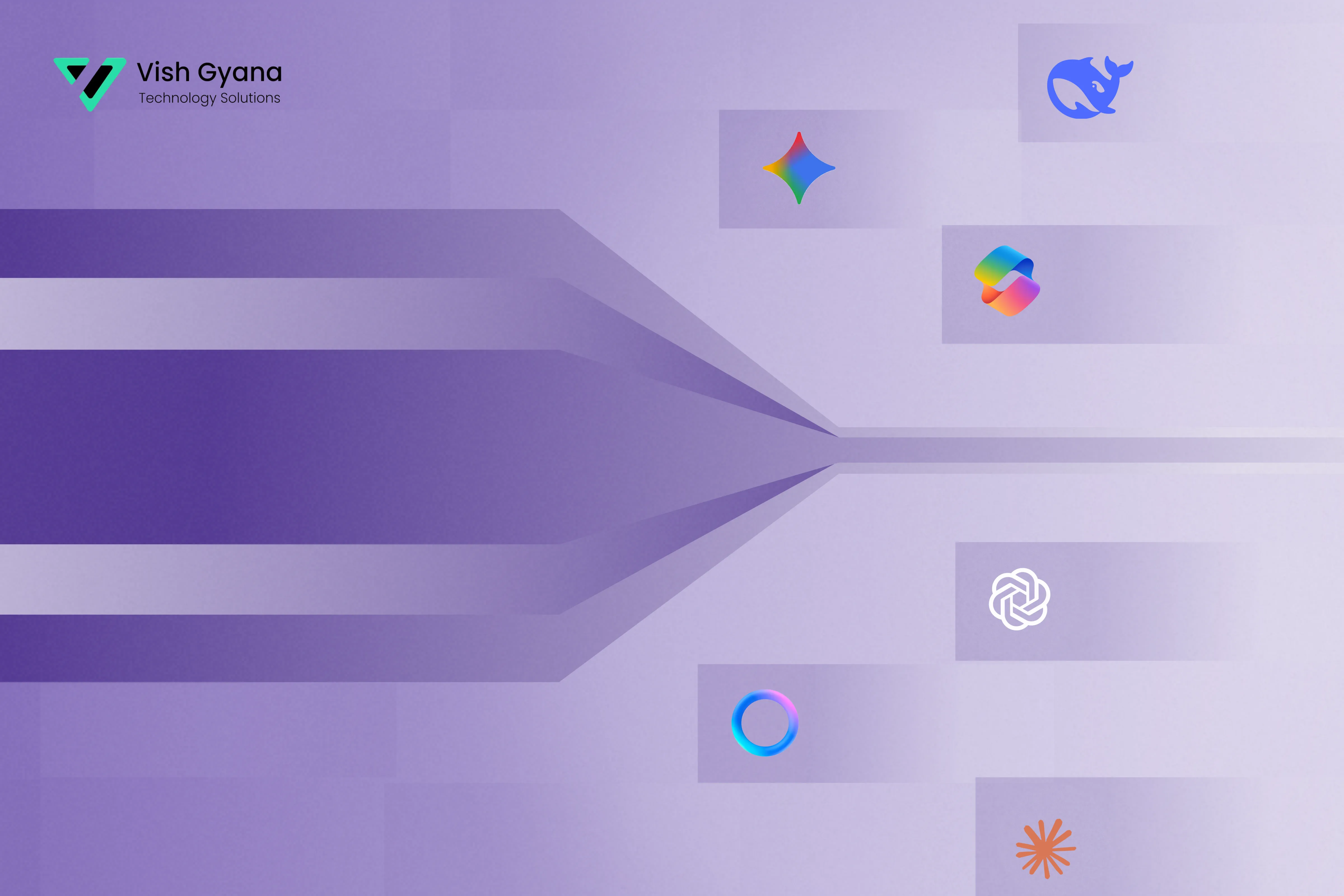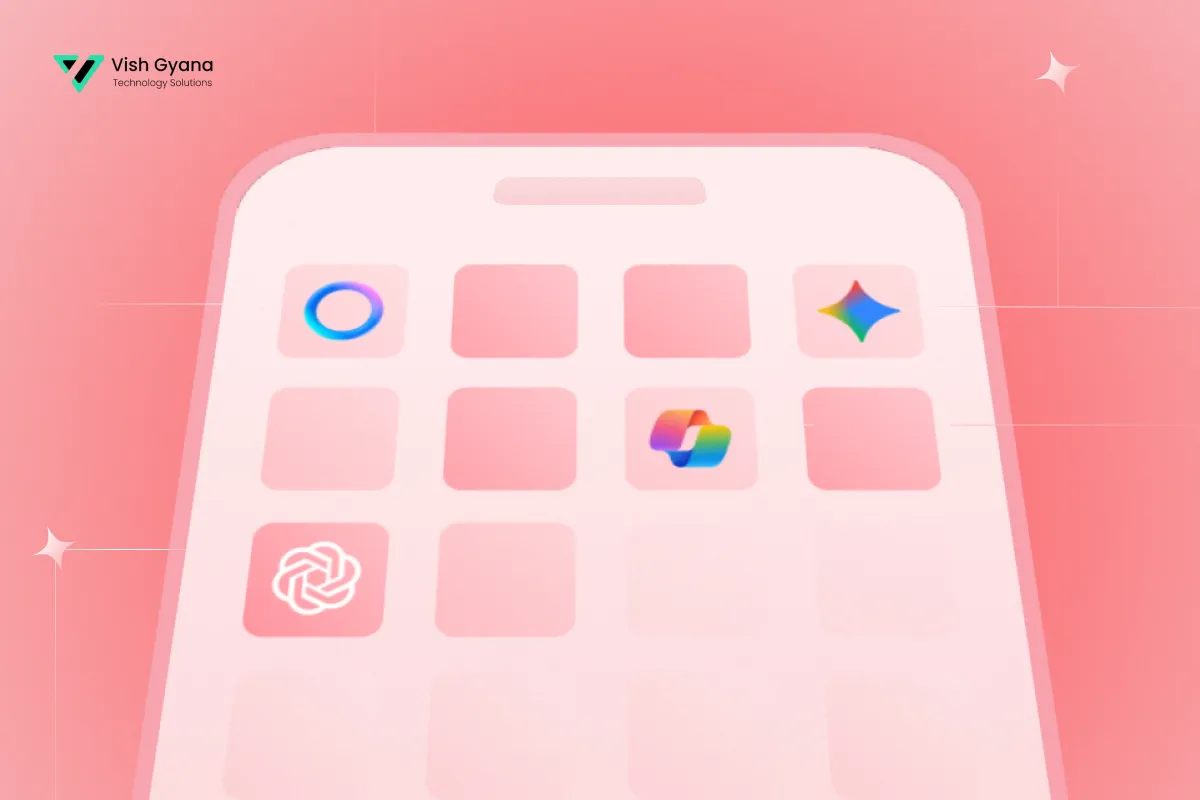
Your customer starts a conversation on your website at 2 PM. They continue it via WhatsApp at 6 PM. They follow up on Instagram at 10 PM. Traditional customer service breaks here—each channel is siloed, context is lost, and customers repeat themselves three times.
This is the omnichannel problem. 51% of customers now use 7+ channels when interacting with brands (Meta Business, 2025). Yet 70% of companies still operate channel-specific support, meaning customers experience fragmented, frustrating service (Gartner CX Report, 2024). AI chatbots solve this by unifying conversations across all channels in a single customer view. The result? Companies with true omnichannel chatbots see 89.2% inquiry handling effectiveness versus 71.2% for single-channel approaches (Smartsupp, 2025-05-12).
Here's how to build an omnichannel chatbot strategy that actually works.
The Omnichannel Chatbot Advantage: Why It Matters in 2025
Here is the Business case. Omnichannel customers have 3.3x higher lifetime value than single-channel customers (Salesforce, 2024). They're more loyal, spend more per transaction, and tolerate pricing better—because they feel understood.
Omnichannel chatbots deliver this by:
- Remembering context across channels (Customer saw your product on Instagram, starts chat on website—bot knows their interest)
- Meeting customers where they are (WhatsApp in India, Messenger in the US, WeChat in China—same conversation flow)
- Reducing friction (No repeating account info three times)
- Increasing response speed (Instant across all platforms, not delayed by channel silos)
The companies winning at omnichannel are those who treat WhatsApp, website chat, and Instagram DMs as one conversation, not three separate queues.
Omnichannel Chatbot Strategy: Where to Start and How to Scale
Not all channels are equal. Choose based on your audience geography and behavior.
Website Chatbots: The Foundation of Omnichannel Marketing
Every omnichannel strategy begins here. Your website is your owned channel—no algorithm changes, no platform fees, complete control.
Use for: Immediate sales support, lead qualification, FAQ deflection, appointment booking
Success metric: 8-15% visitor engagement (benchmark: 2-5% forms)
WhatsApp Chatbots: The Growth Engine for Customer Engagement
WhatsApp has 100M+ active business accounts and 1.5B users globally (Meta Business, 2025). In emerging markets—India, Indonesia, Brazil, Mexico—WhatsApp is often the customer service channel.
Use for: Order tracking, appointment reminders, proactive outreach, payment collection, customer service escalation
Success metric: 40-60% message open rate, 2-3x higher engagement than email
Social Media Chatbots: Engaging Customers on Instagram & Facebook
Instagram and Facebook DMs are where customers ask questions publicly—or expect public replies.
Use for: Brand inquiries, influencer DMs, comment responses, sentiment detection
Success metric: Response time <2 hours (social expectation vs. email's 24-hour norm)
Building a True Omnichannel Chatbot System: Integration and Context
Here's what separates marketing claims from working systems:
Unified Customer Database: All conversations—website, WhatsApp, Instagram—route to one customer record. Your CRM knows this customer across channels.
Context Transfer: Agent (or escalation bot) sees full conversation history. Customers never repeat themselves.
Intelligent Routing: A WhatsApp inquiry about complex billing automatically routes to the finance team, not generic support. Context travels with the request.
Consistent Messaging: Same brand voice, response style, and brand guidelines across all channels—no WhatsApp feeling casual while website feels corporate.
Real-World Omnichannel Chatbot Case Studies and Results
Case 1: Enterprise SaaS (Zendesk + Intercom Model)
Tech company deploys chatbots across website, Slack, email, and mobile app. Result: 65% of support tickets resolve via bot without human intervention. Agents handle only escalations. Support cost per ticket drops 40% (Intercom benchmark, 2025).
Case 2: E-Commerce (Shopify + WhatsApp + Instagram)
Fashion retailer runs bots on website (product discovery), WhatsApp (order tracking), and Instagram DMs (trend questions). Result: 3x increase in repeat purchase rate. Customers re-engage via WhatsApp with personalized offers (Hootsuite Commerce Report, 2025).
Case 3: Healthcare (Clinic + WhatsApp + SMS)
Medical practice unifies appointment booking across website, WhatsApp, and SMS reminders. Result: 25% reduction in no-shows, 60% reduction in phone volume, patients feel heard across channels (Apollo 24|7 benchmark, 2025).
When to Deploy an Omnichannel Chatbot: Readiness & ROI Framework
Deploy if:
- You're handling 5,000+ monthly customer interactions across multiple channels
- Customer satisfaction scores are declining despite increased support staffing
- Your sales team complains about low-quality leads or slow response times
- You're expanding to new geographic markets where channel preferences differ (WhatsApp in LATAM/Asia, Messenger in the US)
Wait if:
- You're processing <1,000 monthly interactions (single-channel suffices)
- Your CRM and support systems aren't integrated yet (fix this first)
- You don't have clear data on where your customers actually engage (audit first, deploy second)
Omnichannel Chatbot ROI: What to Expect in 3, 6, and 12 Months
Months 1-3: Foundation—platform selection, integration, initial training. Minimal ROI, maximum learning.
Months 4-6: Optimization—refinement based on real usage patterns. ROI begins: 20-30% reduction in support costs, 10-15% improvement in response times.
Months 7-12: Scale—expanding channels and capabilities. Full ROI realized: 40-50% cost reduction, 2-3x increase in customer engagement, measurable impact on lifetime value.
Most enterprises see positive ROI by month 6, break-even by month 9, and significant competitive advantage by month 12.
The Competitive Edge: Why Omnichannel Chatbots Win Customers
Your competitors are already doing this. 89.2% effectiveness gap between omnichannel and single-channel strategies means the companies deploying now are winning customers you're losing (Smartsupp, 2025). The question isn't whether to deploy omnichannel chatbots—it's how quickly you can execute without disrupting current operations.
Start with your highest-traffic channel. Prove ROI. Expand systematically. Within 12 months, you'll wonder how you ever operated without unified customer context.






























